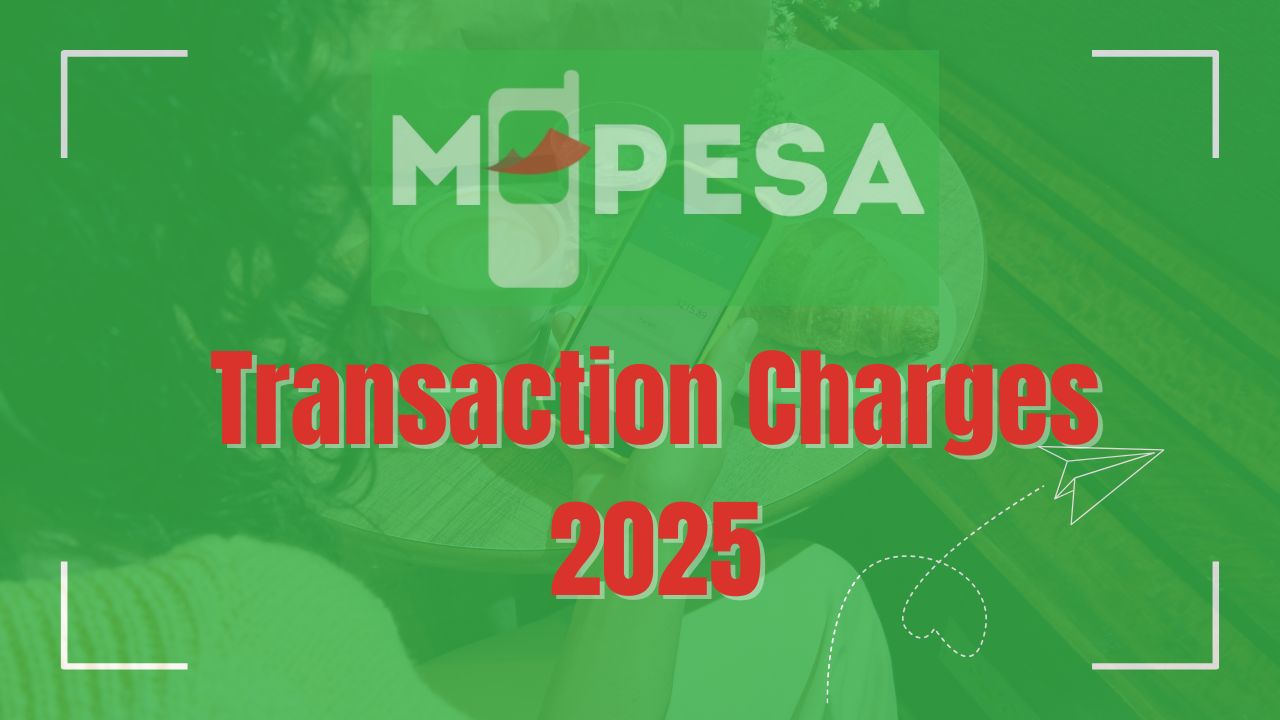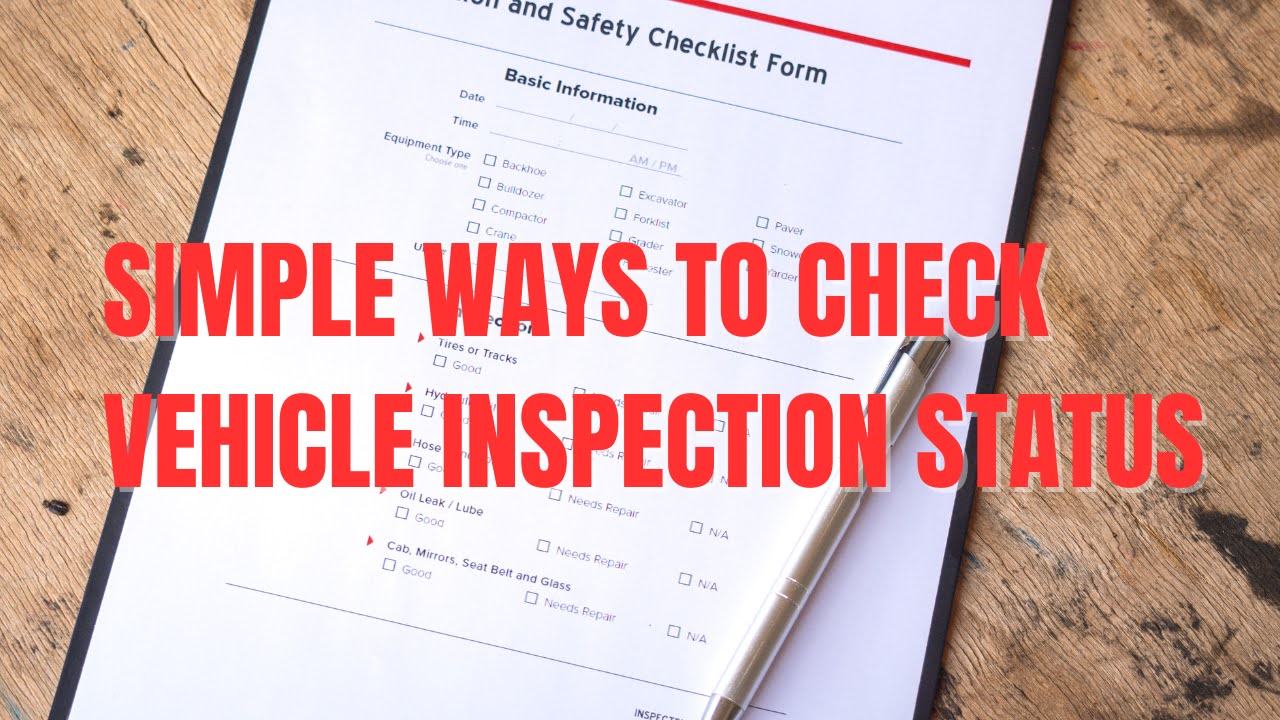M-Pesa, the premier mobile money service in Kenya, consistently evolves to meet its users’ changing needs. In 2025, Safaricom introduced revised charges for sending and withdrawing money, implementing standardized rates across networks and tackling crucial issues like fraud and financial transparency.
This article offers a comprehensive guide to the newest charges, limits, and service updates, helping you make informed decisions while utilizing M-Pesa for both personal and business transactions.
Table Contents
What’s New?
The 2025 updates to M-Pesa charges bring several noteworthy changes aimed at improving convenience, enhancing security, and addressing user concerns. Here’s a breakdown of what’s new:
- Standardized Transfer Fees Across Networks
Safaricom has harmonized the cost of sending money to Airtel Money and Telkom T-Kash, making it equal to sending within the Safaricom network. This move eliminates discrepancies in transfer costs, promoting seamless interoperability between mobile money services. - Discontinuation of Transfers to Unregistered Users
Transfers to unregistered users have been removed from M-Pesa services. This decision was influenced by increasing cases of fraud and money laundering. While this might limit flexibility, it enhances security by ensuring all transactions are traceable and tied to registered accounts. - Daily and Transactional Limits
The daily transaction limit has been raised to KES 500,000, while the maximum amount per single transaction is capped at KES 250,000. These increased limits accommodate larger transactions for businesses and individuals, reflecting M-Pesa’s growing role in the financial ecosystem. - Revised Sending Charges
Sending fees have been adjusted to provide better affordability for smaller transactions. For instance, transactions below KES 100 remain free, while sending KES 1,000 incurs a flat fee of KES 13. This makes M-Pesa more cost-effective for everyday transactions. - Withdrawal Fees and Restrictions
Withdrawal charges have also been revised, with fees starting at KES 11 for amounts between KES 50 and KES 100, and capping at KES 309 for amounts up to KES 250,000. Withdrawals below KES 50 are no longer allowed, aligning with Safaricom’s goal of optimizing operational efficiency. - Addressing Competition
The updated charges and enhanced services come in response to growing competition from Airtel Money and Telkom T-Kash. These changes aim to solidify M-Pesa’s position as the dominant player in Kenya’s mobile money market while offering users greater value.
These updates demonstrate Safaricom’s dedication to remaining competitive, enhancing user security, and streamlining access to mobile money services.
New Mpesa Sending Money Charges
Safaricom has overhauled its M-Pesa sending fees for 2025, implementing a uniform rate for all networks. Now, sending money to Airtel Money or Telkom’s T-Kash costs the same as transferring within Safaricom. Furthermore, transfers to unregistered users have been halted to enhance security and prevent fraud and money laundering.
For example, transferring KES 500 incurs a fee of KES 7, regardless of the recipient’s network. Here is a detailed breakdown of the revised sending charges:
| Amount (KES) | Fee (KES) |
|---|---|
| 1 – 49 | Free |
| 50 – 100 | Free |
| 101 – 500 | 7 |
| 501 – 1,000 | 13 |
| 1,001 – 1,500 | 23 |
| 1,501 – 2,500 | 33 |
| 2,501 – 3,500 | 53 |
| 3,501 – 5,000 | 57 |
| 5,001 – 7,500 | 78 |
| 7,501 – 10,000 | 90 |
| 10,001 – 15,000 | 100 |
| 15,001 – 20,000 | 105 |
| 20,001 – 35,000 | 108 |
| 35,001 – 50,000 | 108 |
| 50,001 – 250,000 | 108 |
The maximum amount that can be sent in a single transaction is KES 250,000, with a daily limit of KES 500,000. This new structure reflects Safaricom’s commitment to making M-Pesa more accessible and convenient for all users.
New Mpesa Withdrawal Charges
M-Pesa withdrawal charges have been revised for 2025, featuring increased fees relative to money transfers. These charges differ depending on the withdrawal amount, promoting transparency and affordability for users across various transaction tiers. Withdrawals below KES 50 are prohibited, and the maximum withdrawal per transaction is set at KES 250,000.
For instance, withdrawing KES 500 results in a fee of KES 29. Here is a detailed breakdown of the revised withdrawal charges:
| Withdrawal Amount (KES) | Fee (KES) |
|---|---|
| 1 – 49 | N/A |
| 50 – 100 | 11 |
| 101 – 500 | 29 |
| 501 – 1,000 | 29 |
| 1,001 – 1,500 | 29 |
| 1,501 – 2,500 | 29 |
| 2,501 – 3,500 | 52 |
| 3,501 – 5,000 | 69 |
| 5,001 – 7,500 | 87 |
| 7,501 – 10,000 | 115 |
| 10,001 – 15,000 | 167 |
| 15,001 – 20,000 | 185 |
| 20,001 – 35,000 | 197 |
| 35,001 – 50,000 | 278 |
| 50,001 – 250,000 | 309 |
These withdrawal charges reflect Safaricom’s focus on maintaining a reliable cash-out service while addressing operational costs and user needs. The updated fees are designed to accommodate different withdrawal amounts efficiently.
Conclusion
The 2025 M-Pesa charges highlight Safaricom’s dedication to evolving its services to align with user needs and tackle issues like fraud and operational efficiency. By standardizing sending fees across networks, ending transfers to unregistered users, and adjusting withdrawal charges, M-Pesa seeks to offer enhanced transparency and convenience for its expanding customer base.
These updates arrive as M-Pesa continues to be a leading force in Kenya’s financial landscape, serving millions of users and businesses every day. As Safaricom advances its services, users can anticipate enhanced security, smoother transactions, and cutting-edge solutions to further broaden financial inclusion. Whether it’s transferring money, withdrawing cash, or handling daily transactions, M-Pesa remains a fundamental pillar of digital finance in Kenya.
Stay informed about these updates to make the most of M-Pesa services and plan your transactions efficiently.







![Download Vehicle Sale Agreement Free [PDF]](https://mwashcyber.co.ke/wp-content/uploads/2025/01/istockphoto-2032427324-2048x2048-1.jpg)
Leave a Reply